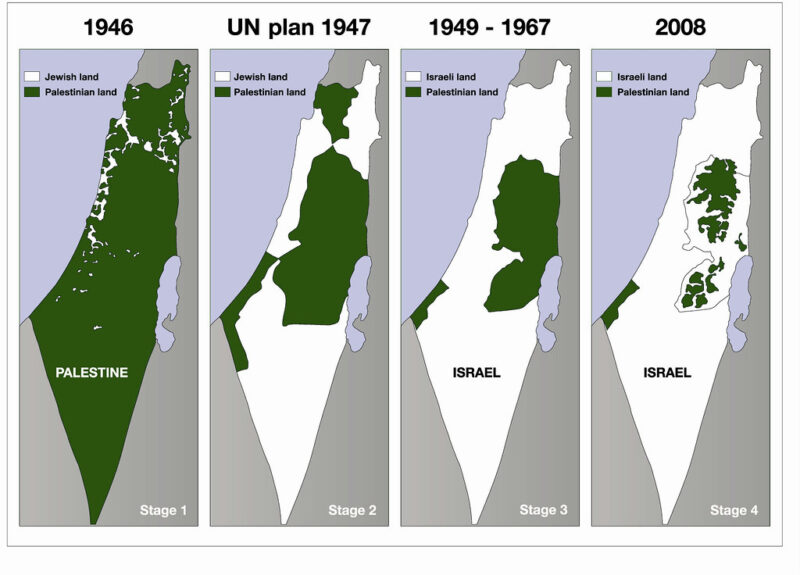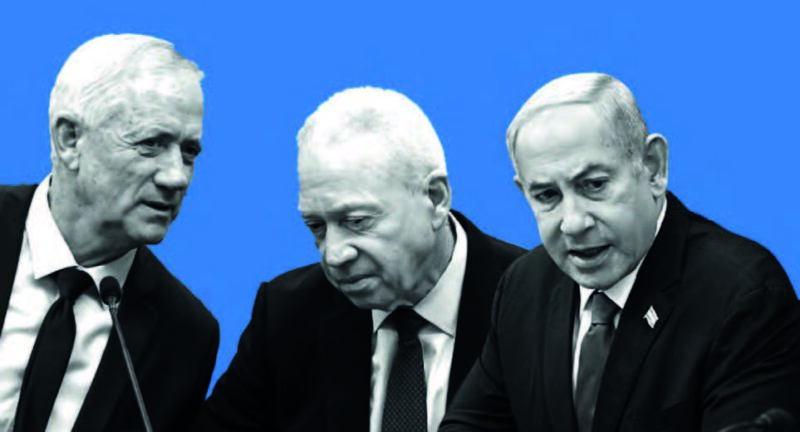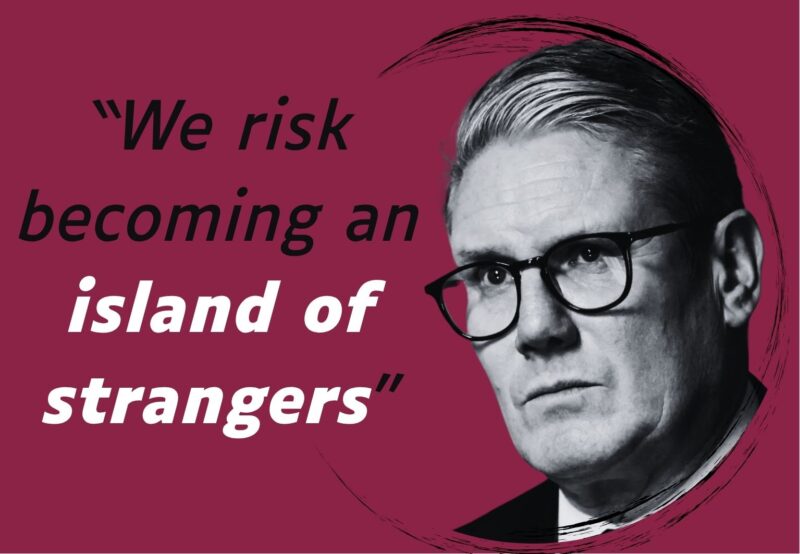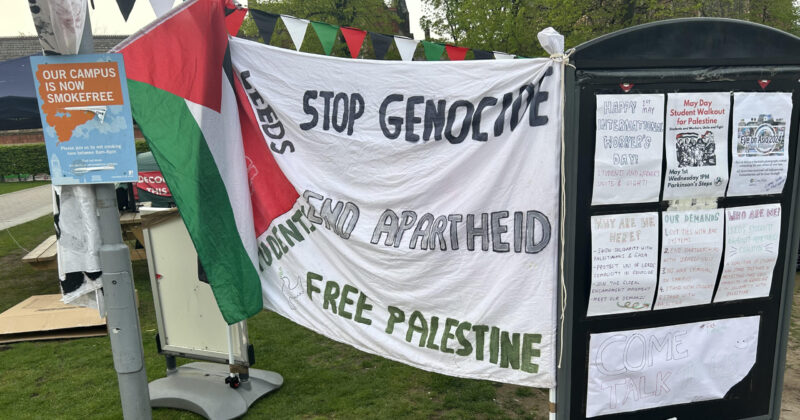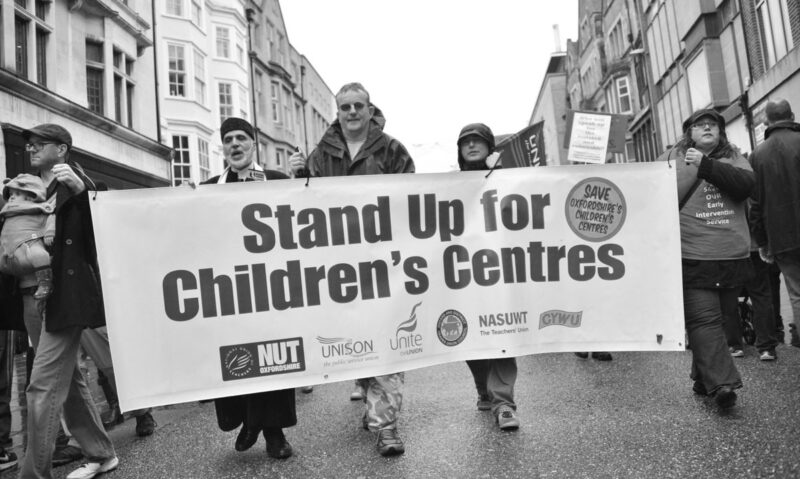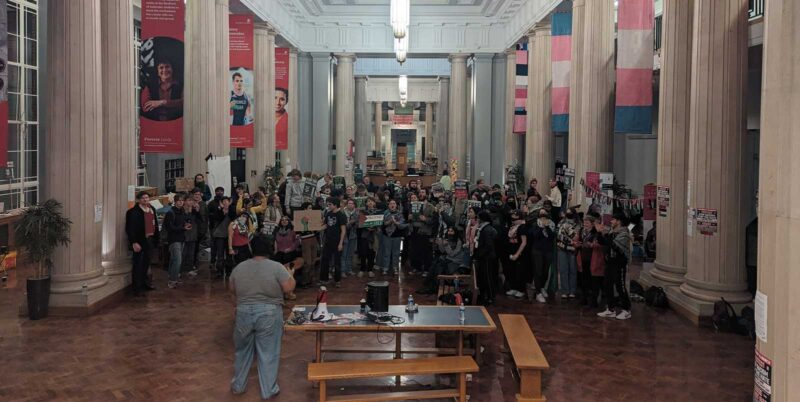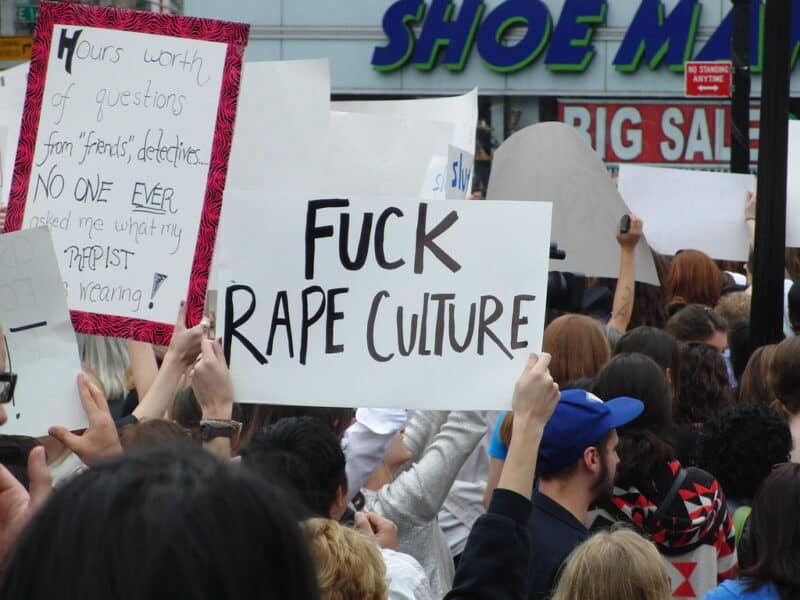Chile: student movement grows from kiss-in towards general strike
 A mass movement of school and university students has Chile’s right wing president Sebastián Piñera on the ropes. Jeremy Dewar reports
A mass movement of school and university students has Chile’s right wing president Sebastián Piñera on the ropes. Jeremy Dewar reports
Yesterday, Tuesday 9 August, 150,000 high school and university students marched with their teachers through the streets of Santiago. Tens of thousands more demonstrated in Concepción, Valparaiso and other cities. As happened the previous Thursday, police violently broke up the demo with batons, teargas and water cannon, mounted on tanks.
It is a mark of the students’ courage and determination that so many rallied after such recent police brutality – but not even 874 arrests last week and a further 273 yesterday are able to break this movement for education reforms that has gripped the country’ imagination.
On the contrary, it was the sight of plumes of teargas, hundreds of riot police charging school students and snatch squads dragging young people off buses that enraged wider layers of the working and popular classes. Far from frightening protesters away, the brutal repression has drawn more into the movement.
Chilean Winter
The confrontation goes to the heart of Chilean society. Journalists refer to it as “the Chilean Winter” – inspired by the Arab Spring. While the issue is fundamentally one of education funding and equality of access – its main slogan is, “Free and equal education” – it touches a whole series of national grievances dating back to dictator Augusto Pinochet and the neoliberal experiment of the 1970s.
One of the last decrees Pinochet signed off was to delegate responsibility for state schools to municipalities; no longer would there be a national system with national standards and agreed funding levels. The local authorities were given no extra funding to cope, so a gulf opened up between schools in rich areas and those in poor districts, while the ruling elite conspicuously send their children to private schools or typically abroad.
This constitutional law (LOCA) was never rescinded. The central demand of the high school students is that it is abolished – and with that, the legacy of the hated dictator too is challenged by a new generation.
Added to this are the concerns of university students: personal debt, due to high interest on student loans, and profiteering by the largely privatised universities, which abuse their “non-profit” tax status but refuse to reinvest revenue in improving provision. This is also a hangover from Pinochet, who encouraged private universities from 1981 onwards. Meanwhile, both teachers and students are demanding improved training and bringing state spending on education up to UNESCO’s recommended level of 7per cent of GDP (Chile’s economy is enjoying 9 per cent growth at the moment, though living standards and public services do not reflect this).
No wonder 80 per cent of Chileans, in poll after opinion poll, support the students. No wonder the same polls show only 24 per cent approve the performance of President Piñera (the first openly right wing president since Pinochet). No wonder, despite concessions, the students are holding out for total victory and some two dozen teenagers have started a hunger strike.
The movement, like those in the Arab world, Spain, Israel, originated on Facebook and Twitter. Like them it has used many innovative and creative tactics. Dressing up as superheroes, protesters have danced in front of the presidential palace, La Moneda; 3,000 of them donned masks and white coats to mime to Michael Jackson’s Thriller; in a relay, they plan to run 1,800 laps around La Moneda (symbolising the $1.8 billion they demand is invested in public education); they have performed besa-thons (kissing marathons) to show how passionate they are about education reform; and even faked mass suicides. Watch this video and this one to get a flavour of the actions.
On a more serious note, the movement has sustained its actions through widespread occupations of schools and a boycott of classes and lectures. Replicating the tactics of a previous school student movement in 2006 – el levantamiento de los pinguinos – young people have occupied dozens of schools over the past two months, while hundreds more have been closed by the school strike, forcing the President to threaten the whole generation with having to resit the entire year. In response to this arrogant gesture, about three dozen teenagers have been on hunger strike inside the occupied schools for two weeks now.
A highlight of the movement came last Thursday, when students stormed a private TV station and demanded the right to broadcast their demands. For this, the most media savvy of generations, the revolution will surely be televised.
Where next?
One prominent student leader, Communist Party member Camila Vallerjo, has called for the resignation of the interior minister, Rodrigo Hinzpeter (the education minister has already been sacked in a crisis driven cabinet reshuffle). Another, Giorgio Jackson, says, “I don’t see any other solution than a general referendum”. He is referring to the demand that the reforms be put to the people in a question. Piñera has already dismissed this demand as “subversive and dangerous” – referenda were deemed unconstitutional under Pinochet.
These demands are good in so far as they go, but it appears that events have overtaken them. Piñera himself vacillates between reform (he shuffled his cabinet and offered 21 reforms a few weeks ago, which were dismissed out of hand by the students) and repression, a sign of his weakness. It is also positive that the movement has begun to mobilise young people from the poorer parts of the working class. Cacerolazos – the cacophonous banging of pots and pans across neighbourhoods, a form of protest used in Chile and Argentina – have re-emerged in the popular districts: an indication that the movement is broadening out into a general rebellion against the neoliberal orthodoxy that has ruled the country for the past 38 years.
Calls have started to emerge for a general strike as the logical next step. This would certainly have the best chance of securing victory. Chilean activists will remember the eventual defeat of the 2006 school students’ movement, at the hands of Michelle Bachelet’s Socialist government – a warning that creative tactics alone do not always win.
In the coming days and weeks, action committees need to develop to draw in the wider working class, in particular the unions. Just as the brutal repression of the French students in 1968 sparked a general strike and a revolutionary crisis, so too the Chilean students’ movement of 2011 has the potential to develop into a direct challenge to the government and the system it defends.

